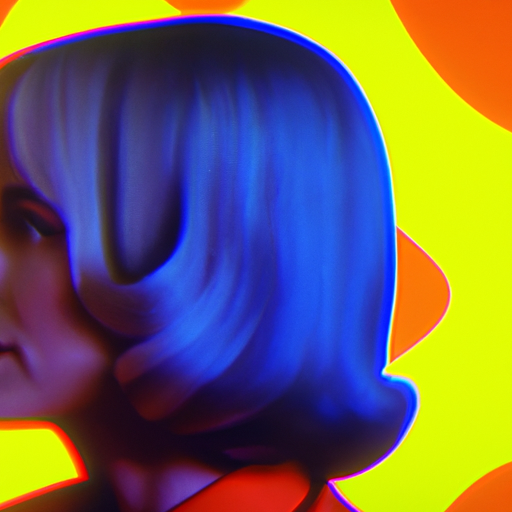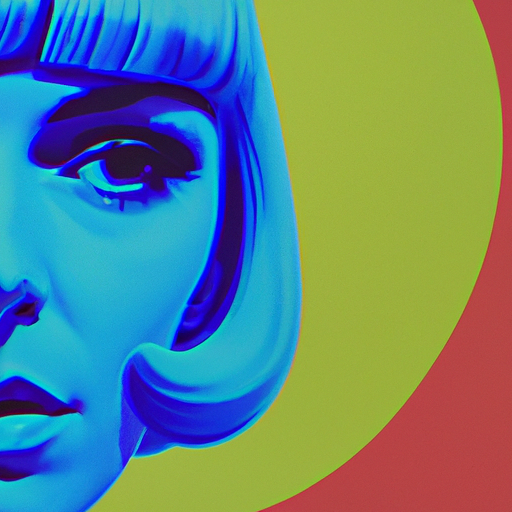
-
Table of Contents
- The Psychedelic Art Movement of the 1960s and Its Graphic Design Influence
- 1. Origins of the Psychedelic Art Movement
- 2. Characteristics of Psychedelic Art
- 3. The Influence of Psychedelic Art on Graphic Design
- 4. Case Study: The Beatles’ “Sgt. Pepper’s Lonely Hearts Club Band” Album Cover
- 5. The Lasting Impact of Psychedelic Art
- 6. Conclusion
The Psychedelic Art Movement of the 1960s and Its Graphic Design Influence

The 1960s was a decade of cultural revolution, social change, and artistic experimentation. One of the most influential movements of this era was the psychedelic art movement, which emerged as a visual representation of the counterculture and the exploration of altered states of consciousness. This article explores the origins, characteristics, and lasting impact of the psychedelic art movement, with a particular focus on its influence on graphic design.
1. Origins of the Psychedelic Art Movement
The psychedelic art movement can be traced back to the mid-1960s, when the use of psychedelic drugs such as LSD became popular among the youth. These mind-altering substances inspired artists to create works that reflected the hallucinatory experiences and expanded consciousness induced by these drugs.
One of the key figures in the development of psychedelic art was artist and writer Aldous Huxley, who popularized the term “psychedelic” in his book “The Doors of Perception.” Huxley’s writings, along with the work of psychologist Timothy Leary, played a significant role in promoting the exploration of altered states of consciousness and the use of psychedelics as a means of self-discovery.
2. Characteristics of Psychedelic Art
Psychedelic art is characterized by its vibrant colors, intricate patterns, and surreal imagery. Artists sought to capture the visual distortions and intense sensory experiences associated with psychedelic drugs. They often used bold and contrasting colors, intricate geometric patterns, and organic forms to create visually stimulating and mind-altering compositions.
One of the defining features of psychedelic art is its emphasis on optical effects and visual illusions. Artists experimented with techniques such as moiré patterns, chromatic aberration, and vibrating colors to create a sense of movement and depth in their works. These optical effects were intended to mimic the visual distortions experienced under the influence of psychedelics.
3. The Influence of Psychedelic Art on Graphic Design
The psychedelic art movement had a profound influence on graphic design, particularly in the realm of poster art and album covers. The vibrant and eye-catching aesthetic of psychedelic art made it a perfect fit for the emerging counterculture and the music scene of the 1960s.
One of the most iconic examples of psychedelic graphic design is the work of artist Wes Wilson, who created numerous posters for concerts at the Fillmore Auditorium in San Francisco. Wilson’s posters featured bold typography, swirling patterns, and distorted letterforms, all of which became hallmarks of the psychedelic art style.
Another influential figure in psychedelic graphic design was artist Victor Moscoso, who designed album covers for bands such as The Grateful Dead and Jefferson Airplane. Moscoso’s work often featured vibrant colors, overlapping shapes, and distorted imagery, creating a sense of visual disorientation and otherworldliness.
4. Case Study: The Beatles’ “Sgt. Pepper’s Lonely Hearts Club Band” Album Cover
One of the most famous examples of psychedelic graphic design is the album cover for The Beatles’ “Sgt. Pepper’s Lonely Hearts Club Band.” Designed by artists Peter Blake and Jann Haworth, the cover is a visual collage that incorporates elements of psychedelic art, pop culture, and British iconography.
The cover features a colorful and crowded composition, with a diverse cast of characters ranging from historical figures to contemporary celebrities. The use of vibrant colors, intricate patterns, and surreal imagery reflects the psychedelic aesthetic of the era and captures the spirit of the counterculture movement.
5. The Lasting Impact of Psychedelic Art
The psychedelic art movement of the 1960s had a lasting impact on the world of art and design. Its influence can be seen in various forms of visual media, from album covers and posters to fashion and advertising.
One of the key legacies of psychedelic art is its emphasis on experimentation and pushing the boundaries of traditional art forms. The use of vibrant colors, intricate patterns, and optical effects continues to inspire contemporary artists and designers, who seek to create visually engaging and immersive experiences.
Furthermore, the psychedelic art movement played a significant role in shaping the visual identity of the counterculture and the cultural revolution of the 1960s. It provided a visual language for expressing the ideals of peace, love, and personal freedom that defined the era.
6. Conclusion
The psychedelic art movement of the 1960s was a visual manifestation of the counterculture and the exploration of altered states of consciousness. Its vibrant colors, intricate patterns, and surreal imagery continue to captivate and inspire artists and designers to this day.
From its origins in the use of psychedelic drugs to its lasting impact on graphic design, the psychedelic art movement remains a testament to the power of art to reflect and shape cultural movements. Its influence can be seen in the visual language of contemporary design and serves as a reminder of the transformative power of creativity.
